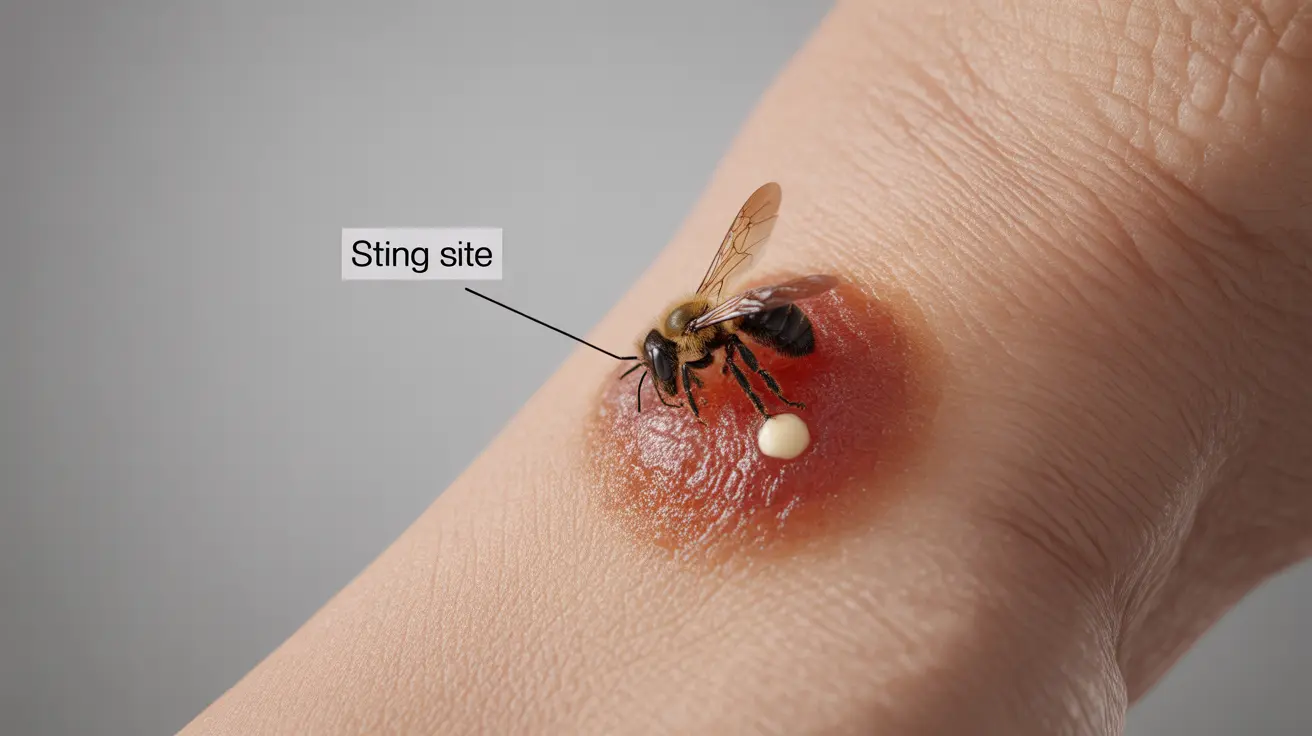Carpenter bee stings can be a painful and concerning experience for anyone working or spending time outdoors. While these solitary bees are generally less aggressive than social bees, understanding how to identify, treat, and prevent their stings is crucial for safety. This comprehensive guide will help you navigate carpenter bee sting incidents effectively.
Understanding Carpenter Bee Stings
Unlike honeybees, carpenter bees can sting multiple times because their stinger remains intact. However, it's worth noting that only female carpenter bees can sting, and they typically only do so when directly threatened or handled. Male carpenter bees, despite their intimidating behavior of hovering and diving at people, cannot sting.
Common Symptoms of a Carpenter Bee Sting
When a carpenter bee stings, you may experience several characteristic symptoms:
- Sharp, immediate pain at the sting site
- Redness and swelling around the affected area
- Warm sensation near the sting
- A white spot where the stinger entered the skin
- Localized itching or burning sensation
Immediate Treatment Steps
If you've been stung by a carpenter bee, taking prompt action can help minimize discomfort and prevent complications:
At-Home Treatment Methods
- Remove any remaining stinger immediately
- Wash the area thoroughly with soap and water
- Apply a cold compress to reduce swelling
- Use over-the-counter pain relievers if needed
- Consider applying a topical antihistamine cream
Recognizing Allergic Reactions
While most carpenter bee stings cause only mild to moderate discomfort, some individuals may experience severe allergic reactions. Understanding the signs of a serious reaction is crucial for seeking timely medical attention.
Warning Signs of Severe Reactions
- Difficulty breathing or wheezing
- Rapid pulse
- Dizziness or fainting
- Swelling of the throat or tongue
- Nausea or vomiting
- Widespread hives or rash
Prevention Strategies
Taking proactive measures can significantly reduce your risk of carpenter bee stings:
- Wear protective clothing when working outdoors
- Avoid wearing bright colors or floral patterns
- Stay calm if bees are nearby; avoid swatting at them
- Seal or treat wooden structures to deter nesting
- Consider professional pest control for serious infestations
Multiple Sting Situations
While rare, multiple carpenter bee stings require special attention. If someone experiences multiple stings, monitor them closely for signs of increased reaction severity and seek medical attention if symptoms worsen or become concerning.
Frequently Asked Questions
What are the common symptoms of a carpenter bee sting? The most common symptoms include sharp pain, redness, swelling, and localized warmth at the sting site. You may also notice itching and a small white spot where the stinger entered.
How should I treat a carpenter bee sting at home to reduce pain and swelling? Clean the area with soap and water, apply a cold compress, and use over-the-counter pain relievers and antihistamine creams as needed. Keep the area clean and avoid scratching.
Can a carpenter bee sting cause a severe allergic reaction, and what signs should I watch for? Yes, carpenter bee stings can cause severe allergic reactions. Watch for difficulty breathing, rapid pulse, dizziness, throat swelling, widespread hives, or nausea. Seek immediate medical attention if these symptoms occur.
How can I prevent carpenter bee stings while working outdoors or near wooden structures? Wear protective clothing, avoid bright colors, maintain distance from nests, and treat wooden structures to prevent nesting. Stay calm if bees are present and avoid making sudden movements.
What should I do if someone gets stung multiple times by carpenter bees? Monitor the person closely for signs of increased reaction severity, apply first aid to each sting site, and seek medical attention if symptoms worsen or if the person shows any signs of allergic reaction.




